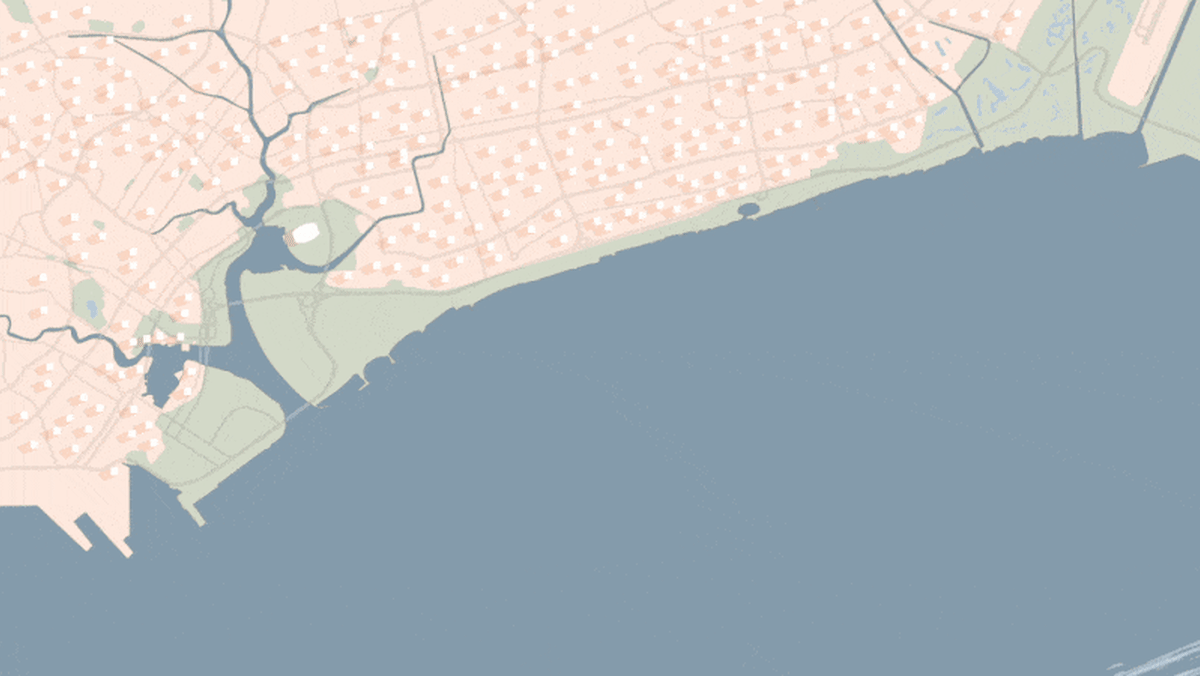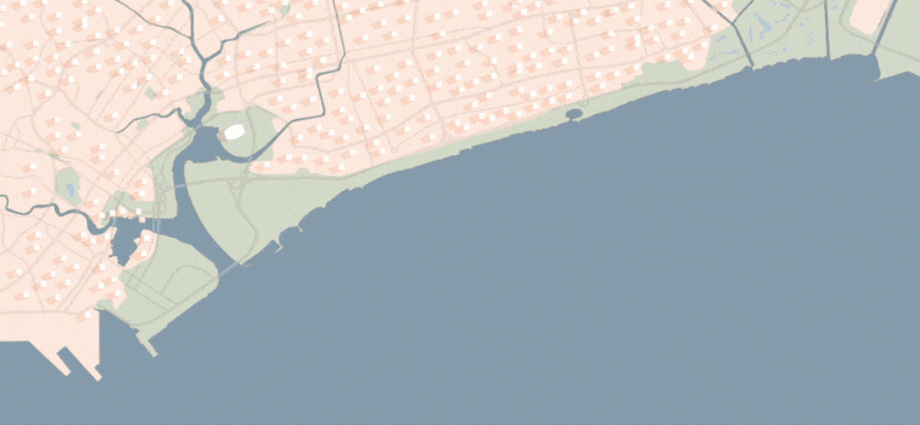
SURROUND SINGAPORE WITH WALLS?
There is no one-size-fits-all solution for Singapore’s 300km-long coastlines with their different typologies, said Prof Yong from NUS.
“New, integrated solutions are site-specific and tailored to complement varied land uses in that area,” he added.
Long Island, for example, will combine land, waterfront housing and leisure amenities with coastal defence, noted Prof Yong, who also chairs PUB’s coastal protection expert panel.
But varied as they are, the same principles apply to Singapore’s plans to tackle rising sea levels, said Ms Sarah Hiong, a deputy director at PUB’s coastal protection department.
“We have to be environmentally sensitive. We will engage our stakeholders to get inputs on some of these measures. We want it to be multifunctional as far as possible,” she said.
One project exemplifying these principles is the Marina Barrage dam, which took 20 years from inception to actualisation and cost S$226 million. While its primary function is flood control, it has since become an iconic feature in the Marina Bay skyline, attracting more than 16 million visitors since its opening in 2008. The Marina reservoir also serves as a source of drinking water and adds to Singapore’s water supply.
Currently, around 70 per cent of Singapore’s coastline is protected by sea walls and stone embankments. These are hard, man-made structures that protect land and infrastructure from erosion and seawater intrusion.
Other structures such as dykes, dams and tidal gates protect parts of the coastline where there are coastal reservoirs, such as along the Northwest Coast.
Why not simply surround Singapore with more strong barriers then?
Building only sea walls around the country would protect the land but also end up harming existing marine ecosystems, said the Singapore Management University’s (SMU) associate professor of urban climate Winston Chow.
“The wave energy is reflected out into the sea,” he explained.
Given Singapore’s push towards being a “city in nature”, putting it within walls would also be less than ideal.
“Visually speaking, if you have sea walls everywhere … let’s say around East Coast Park, West Coast Park … it is at odds with the prevailing ecological aspects or functions that these parks have,” said Assoc Prof Chow, who teaches SMU’s Master of Sustainability programme.
“There’s a disconnect which will happen if you decide to ring Singapore around with just sea walls.”
Singapore is also adopting ideas from the Netherlands, a country one-third below sea level that has successfully designed systems to keep waters at bay.
For instance, PUB is studying the feasibility of storm surge barriers for a channel of water between mainland Singapore and Jurong Island. These barriers can be closed during extreme sea level events, but otherwise left open for ships to pass through. If employed, these massive structures can protect parts of the Southwest Coast and Jurong Island.

